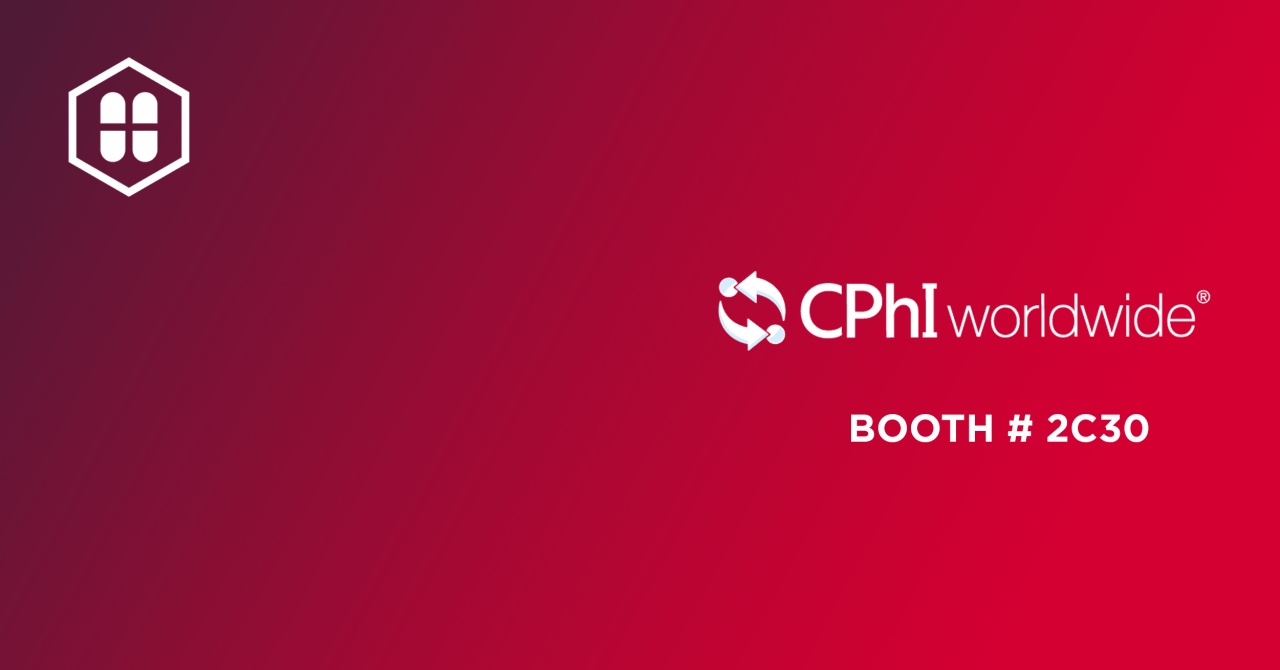The global inhalation contract development and manufacturing organization (CDMO) market is projected to grow from USD 9.13 billion in 2025 to USD 16.68 billion by 2035, reflecting a compound annual growth rate (CAGR) of 5.7% during the forecast period. This growth is driven by the increasing prevalence of respiratory diseases, advancements in inhalation drug delivery technologies, and the rising demand for outsourced manufacturing services in the pharmaceutical industry.
The inhalation CDMO market has emerged as a pivotal segment in the pharmaceutical contract development and manufacturing industry. With a rising demand for inhaled therapies for conditions like asthma, COPD, and cystic fibrosis, companies are increasingly outsourcing drug development and production to specialized partners. Inhalation CDMO services cater to both large pharmaceutical corporations and small biotech firms, offering expertise in formulation, device compatibility, regulatory support, and scale-up manufacturing.
This market is gaining traction due to the complexity of inhalation drug delivery, which often requires niche technical capabilities and specialized equipment. Outsourcing to an inhalation CDMO allows drug developers to reduce time-to-market while ensuring quality and compliance with global standards.
(...)
Top Companies
Several players dominate the inhalation CDMO market through technological expertise, global reach, and service portfolio diversity:
(...)
Hovione – Offers particle engineering and inhalation development, with a focus on dry powder inhalers.
(...)
These companies are continually investing in facilities, talent, and technology to meet evolving customer needs in the inhalation CDMO market.
Read the full article on Pharmiweb.com
Press Clipping
Pharmiweb.com, 25 June 2025
Inhalation CDMO Market Growth Analysis & Forecast 2025 to 2035



